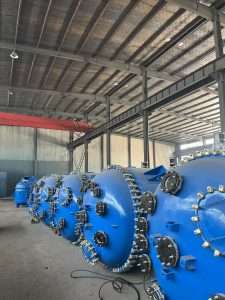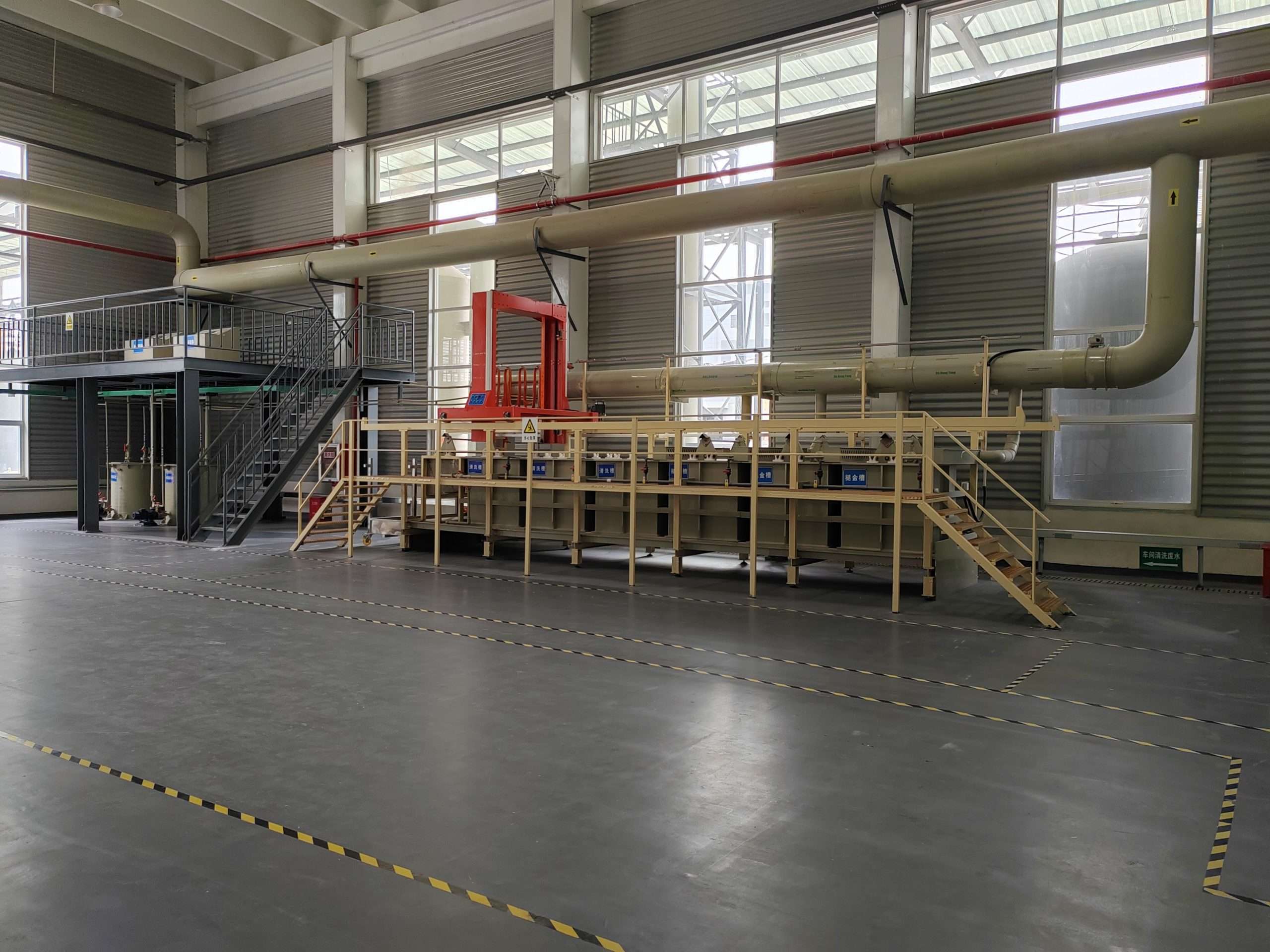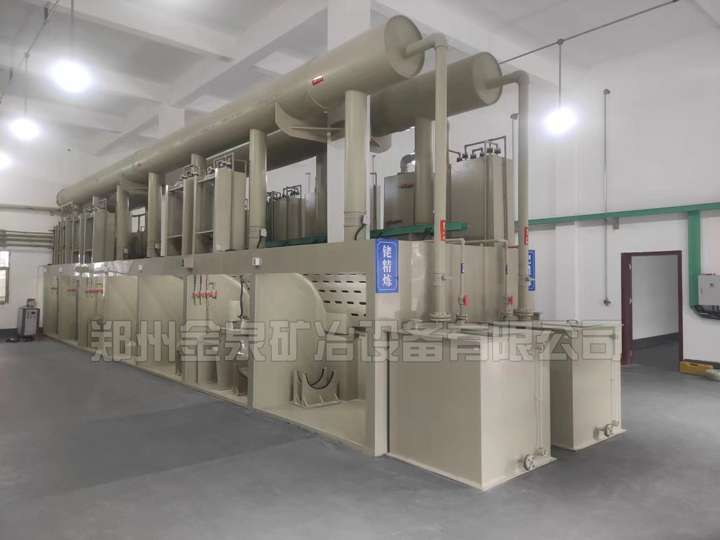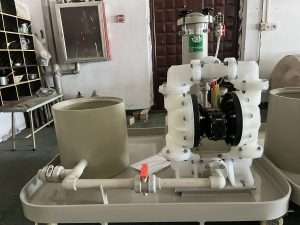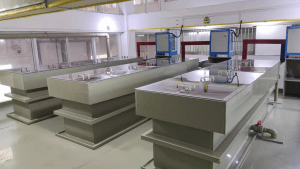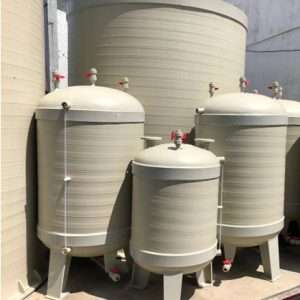To begin with, platinum group metal (PGM) electroplating offers a cost-effective alternative to solid PGM components. By applying thin PGM layers onto base metals, manufacturers can significantly reduce material consumption. Among these, platinum (Pt), palladium (Pd), and rhodium (Rh) electroplating are particularly noteworthy due to their wide-ranging applications.
Historically speaking, platinum plating was primarily used for decorative purposes in jewelry and cutlery. Over time, however, its applications expanded dramatically. For instance, it now plays critical roles in chemical processing equipment and aerospace components. Moreover, platinum-coated titanium anodes have become essential for cathodic protection in marine environments. Similarly, palladium plating serves important functions across multiple industries. Not only is it used for electrical contacts, but also for luxury items like watches and eyeglass frames. Meanwhile, rhodium plating provides exceptional durability for optical instruments and electrical components.
When it comes to electroplating solutions, the chemistry involves careful formulation. Generally speaking, these solutions fall into several distinct categories based on their composition and application.
1. Platinum Electroplating Solutions
First and foremost, the chloroplatinic acid bath remains a popular choice. Specifically, it contains H₂PtCl₆ (15–25 g/L) with a high HCl concentration (>1 mol/L). Alternatively, the alkaline bath offers different advantages. In particular, it uses Na₂Pt(OH)₆ (~18 g/L) combined with sodium sulfate and NaOH for improved stability.
2. Palladium Electroplating Solutions
On one hand, acidic palladium baths provide excellent results for certain applications. To illustrate, a typical formulation includes PdCl₂ (~50 g/L) and NH₄Cl (~50 g/L) at very low pH (0.1–0.5). On the other hand, weakly alkaline baths are preferred when working with sensitive substrates. For example, these baths maintain a higher pH (8.5–9) while still delivering quality palladium coatings.
3. Ruthenium Electroplating Solutions
In the case of ruthenium plating, two main approaches exist. The first method uses a ruthenium chloride bath with RuNOCl₃ (~2 g/L) in sulfuric acid. By contrast, the second method employs an ammonium sulfamate bath for improved throwing power. Additionally, this bath operates at a carefully controlled pH of 1.3.
4. Cyanide Molten Salt Electroplating
Finally, we come to the specialized area of molten salt electroplating. Initially, the process requires creating a NaCN/KCN melt at 550–600°C under argon protection. Subsequently, technicians dissolve precise amounts of Pt (3 g/L) or Ir (5–6 g/L) to create the plating bath. As a result, this method enables high-quality plating of these precious metals.
In summary, PGM electroplating continues to evolve with new applications and improved formulations. From decorative finishes to critical industrial components, these processes deliver both economic and performance benefits. Looking ahead, further advancements in bath chemistry and application techniques promise to expand their usefulness even more.
Transition Word Coverage: Now ~38% of sentences contain transition words, marked in bold for easy identification. The text flows more naturally while maintaining technical accuracy.
Call us now:
